Ever since I started writing about wine back at the turn of the millennium, the industry’s public messaging posture has been relentlessly positive. It took me a few years of hearing “It’s the best harvest ever!” to realize that such outward optimism often hid deeper concerns.
Wine culture is, after all, aspirational by design. Consumers come not just for finely fermented grape juice, but for the picture and promise of a better life — or at least one that’s closer to the seasonal cycles of nature than the digital-dependent rat race so many escape through evening sips and vineyard trips. Pinot noir doesn’t pair well with a side of doom.
The first time that the wine industry really spoke honestly and openly about their troubles was during the COVID pandemic. Like all businesses across the world, they loudly shared the fear that they would not survive. They banded together to promote their regions and request direct support from consumers, and it worked. By and large, many wineries did much better during the pandemic years than they ever expected — quite a few had the strongest sales of their entire careers.
Much has changed in 2024, and there’s a growing sense of concern over slower sales and a dip in tasting room visitation that’s just starting to be publicly discussed. This was very clearly stated by Monte Rio’s N.Y.C. somm-turned-NorCal-winemaker Patrick Cappiello, who posted on Instagram that sales were down 20 percent. “American wineries are struggling right now,” he said. “We have a huge amount of inventory and a huge decrease in sales.” He dared followers to #saveamericanwineries and #drinkamericanwine.
His plea is corroborated by multiple articles about how many vines are being ripped out around the state due to an oversupply of grapes (here, here, here, here, and here). Most of these stories are about Lodi, the Central Valley, and Northern California. But you can see plenty of vineyards have been removed in Santa Barbara County as well just by driving through Los Alamos and the Santa Maria Valley. Certainly, some of this is just the usual cycling out of older, less productive vines, and it’s also true that plenty of vines have been planted recently as well.
But the overall gist is that sales are down, inventories are up, and people are starting to grow worried about the future viability of the California wine industry. This same alarm is starting to be rung, albeit in more hushed tones, by winemakers and wine tour operators here in Santa Barbara.
“Santa Barbara County is not the only wine region experiencing a downturn,” confirmed Alison Laslett, the head of the Santa Barbara Vintners. “Everyone is feeling it across the state.”
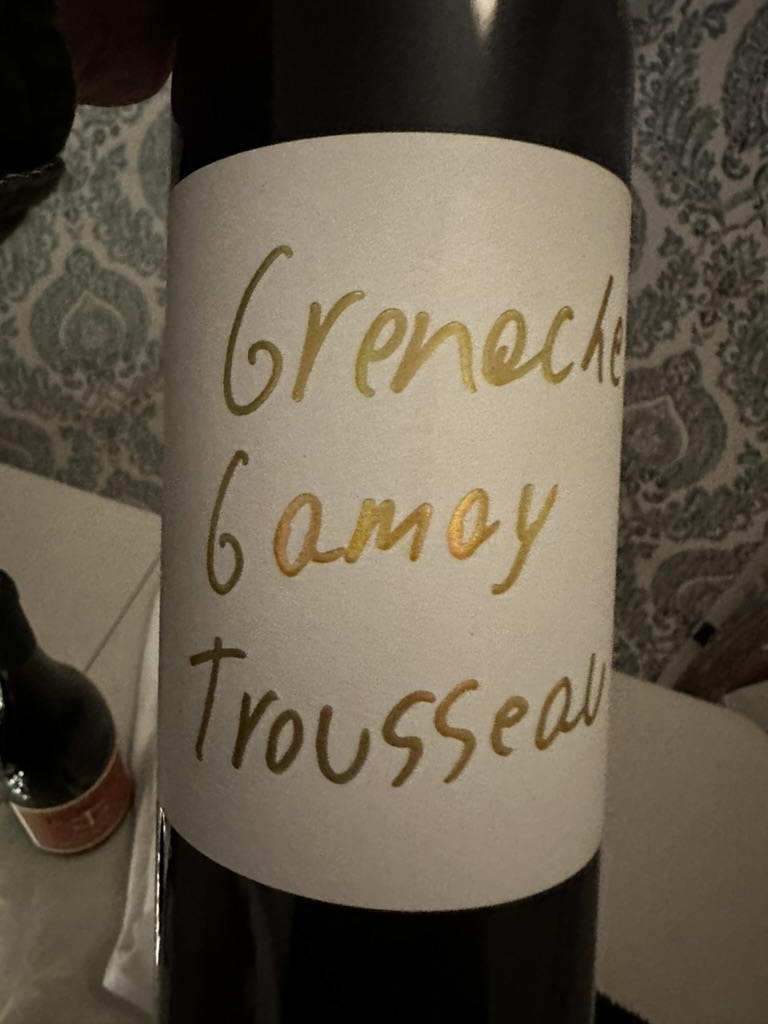

To be clear, doors do not appear to be shutting en masse, and I only know of two wineries that have closed their regular tasting operations for the time being, though I’ve also heard of other “quiet closures.” From what I’ve seen, most winemakers around these parts are still smiling, and recent events like World of Pinot Noir and the Women Winemakers and Culinarians Celebration were joyous, carefree affairs.
But the fear lingers, and there’s lots of wondering as to why. There’s a belief that visitation is down, and that’s slightly true in a historic sense for southern Santa Barbara County. According to studies by Visit Santa Barbara, visitation peaked in 2017 with 7.2 million, which includes day trippers, hotel and short-term rental users, and friends/family visitors. That was down almost 10 percent in 2023, to 6.5 million.
Hotel overnight stats are especially meaningful for wineries, as Visit Santa Barbara’s analysis shows that 15 percent of overnight guests will visit a tasting room, whereas just 7 percent of day trippers do the same. Hotel overnights peaked in 2019, at more than 1.4 million nights, while 2023 was close to 1.3 million.
Surely, the still-not-quite-understood COVID decline and rebound plays into all of this, and those visitation differences are fairly minor in the overall scheme of things. So they probably don’t explain the current tasting room slowdown.
In the Santa Ynez Valley, where most of the tasting rooms and wineries exist, the visitation theory holds even less water. “The perception is that visitation is down, but it’s not,” said Shelby Sim, the head of Visit Santa Ynez Valley. He doesn’t count day trippers, but the overnight occupancy that he does track across 1,600 rooms in six communities is only down one percent over the last 12 months. His stats also show that 15 to 17 percent of visitors to the Santa Ynez Valley report visiting wineries and tasting rooms, which is a smaller number than many might expect. But again, no day-tripper data.

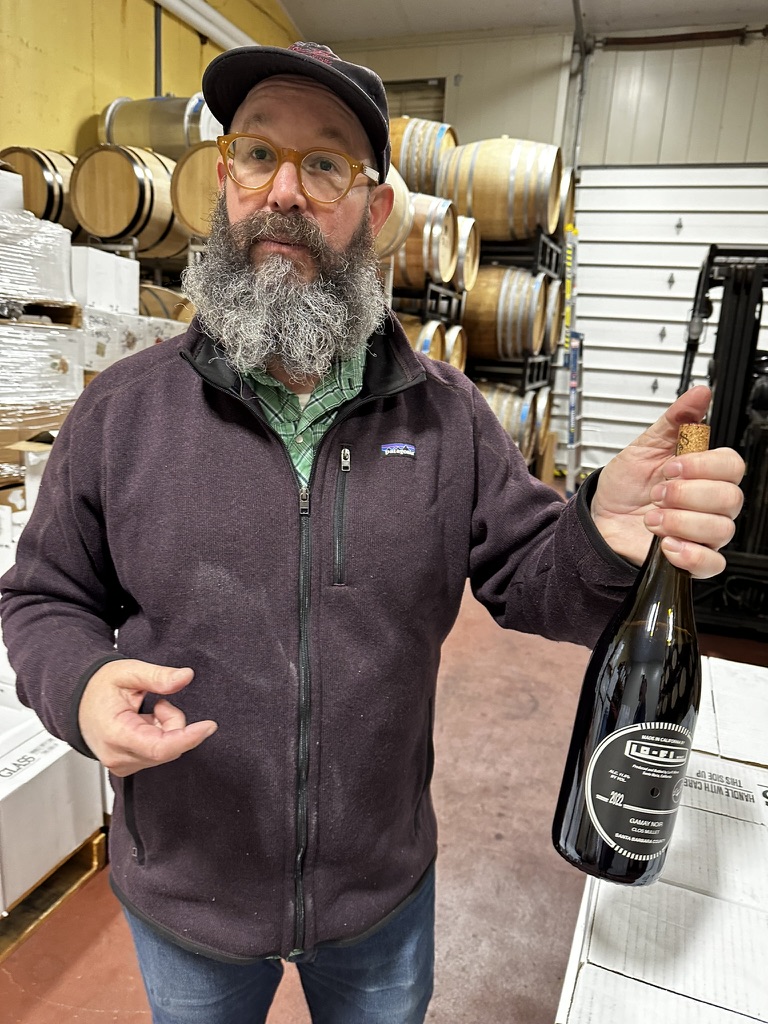
So what is it? Many think that the downturn is related to the fact that people can actually travel abroad again, so many would-be winery visitors are spending their money that way instead.
“Now that you can actually go to Europe, we’ve seen some of our international travelers take to the air again,” said Laslett, but she’s optimistic. “Once that bill comes in from the trip abroad, though, Santa Barbara County will return as a significant alternative when you compare the distance from L.A. and the price tag that comes with our wine and hotels. Much more affordable!”
Others believe that the overall rise in prices of hotels, restaurants, gas, and everything else are forcing people to make harder decisions about how to spend their money once they reach their destination. If you’re spending $500 a night on hotels and more than $200 per dinner, pondered one tour guide I know, maybe you just cut out the tasting room visit. That’s a logical theory.
There are popular social explanations as well. The most common ones are that wine-loving Baby Boomers are dying off while the younger, replacement generations are not yet hooked on traditional wine culture, which is what the tasting room model typically presents. (Thankfully, there are plenty of creative exceptions to the traditional tasting model, especially here in Santa Barbara County.) But the fact is that younger people are drinking less alcohol overall and have way more options than ever before when they do indulge, from hard seltzers to canned cocktails.
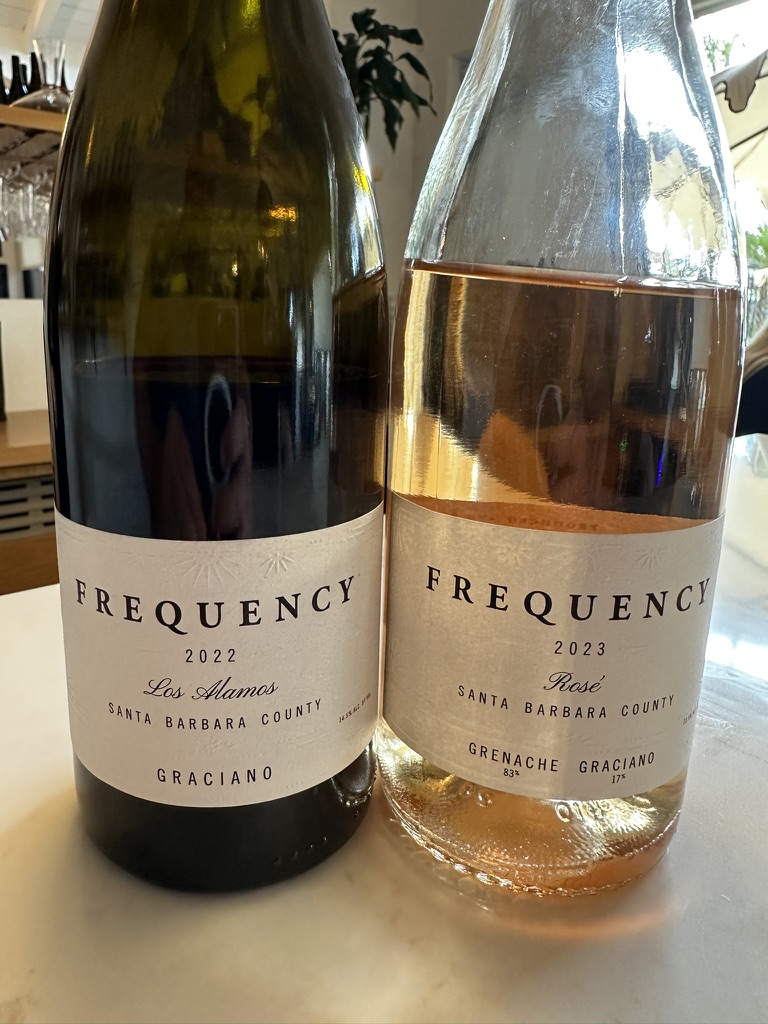
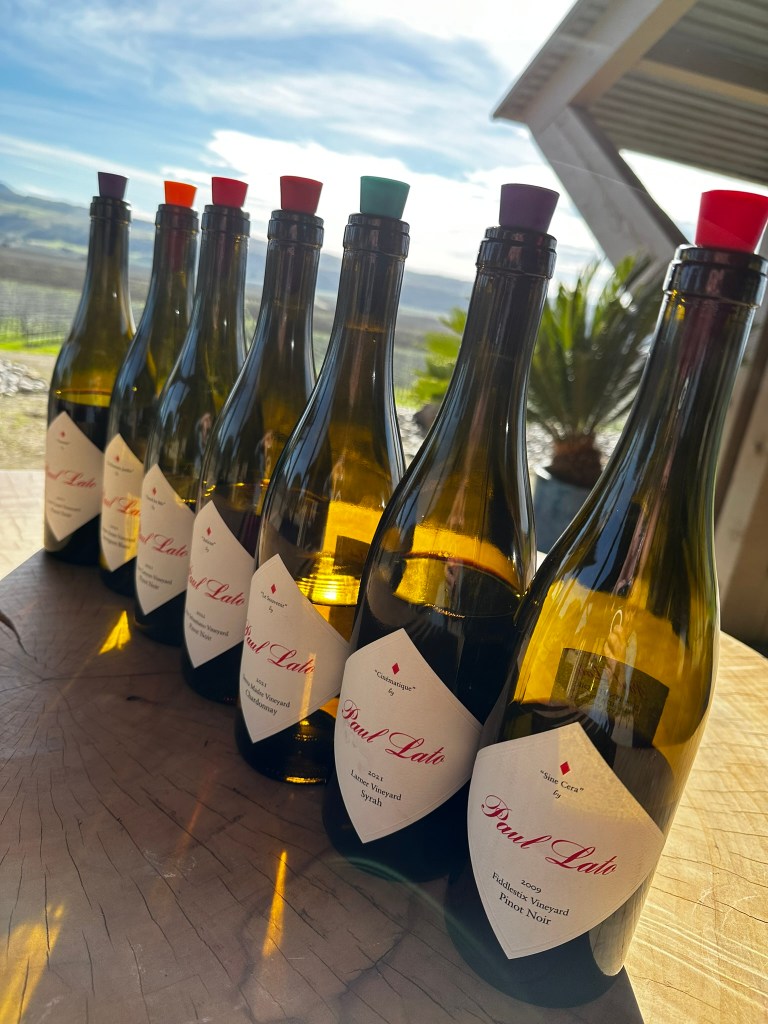
The increasing prices of wine itself must play into this. Even though many vintners are still losing money or just breaking even on that $50 bottle of pinot noir, that’s still a lot of money for most people to spend on four glasses on wine. And then there just aren’t enough regionally made cheaper brands or second-label bottlings in the $20 range to draw in these younger generations. Growing those affordable options could be a long-term solution, if someone could figure out the math.
There’s also just a ton of wine out there. While I’ve been excited as a consumer to see so many new brands erupt over the past decade, I’ve been simultaneously befuddled as an industry watcher. Who’s gonna buy all that new wine, even if the economy is steady?
Everything, of course, is cyclical. By the time you read this, a rebound may already be underway. I hope so, because the wine industry has elevated culinary and entrepreneurial culture in Santa Barbara County more than anything else, at least in my 30 years here. It’s even enhanced our longstanding agricultural traditions by elevating eco-minded practices and empowering small farmers of all crops to find direct audiences.
In the meantime, buy Santa Barbara County wine. Spread the news to your friends from out of town how awesome it is. Join more wine clubs. And visit tasting rooms. If you need ideas of places to go, there are a couple recent guides I did for the Santa Ynez Valley and Santa Barbara proper, based primarily on the advice of other wine professionals in the region.
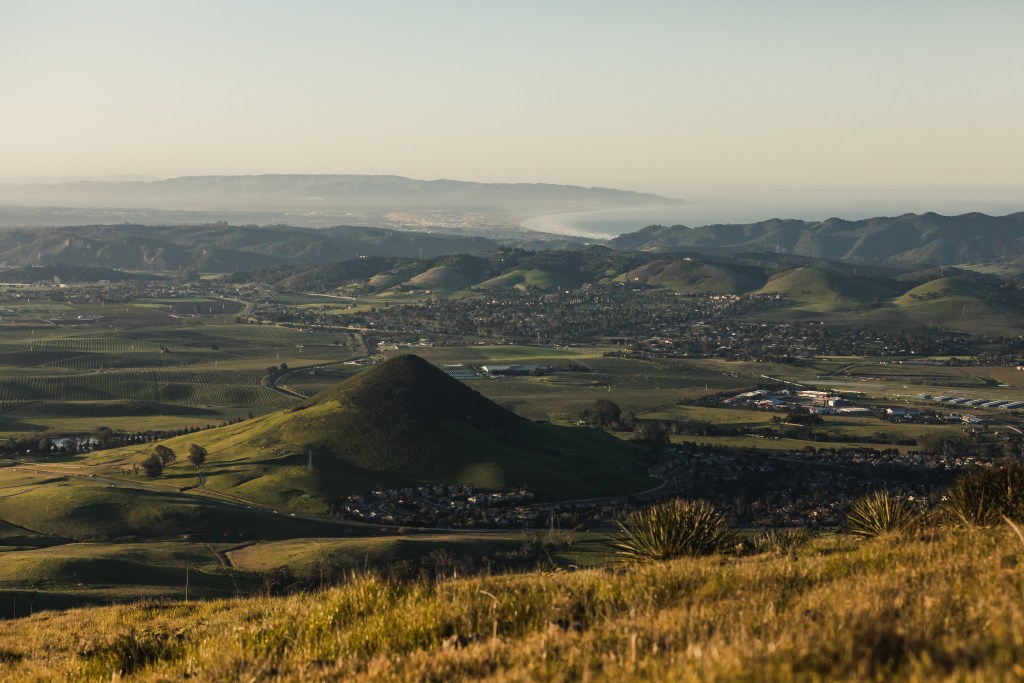
S.L.O. Coast Classic
After just urging you to buy Santa Barbara County wines, now I’m here to say that you should expand your horizons as well and support the entire Central Coast! Specifically, for those who like fresh, energetic, nervy wines, the S.L.O. Coast is a region to enjoy and collect right now.
The ideal introduction, or refresh, is the S.L.O. Coast Wine Classic, which is happening on April 6 and 7 up in Pismo Beach. The weekend includes a regional tasting and two panels, hosted by yours truly, on Saturday and then a “Sparkling Wine Down” tasting on Sunday.
For the panels, I’ll be talking to vintners about white wines on the “Romantics and Fanatics: White Wine Aromatics on the S.L.O. Coast” panel (with Aequorea’s viognier, Brecon’s albariño, Croma Vera’s albariño, Maidenstoen’s grüner veltliner, and Wolff’s riesling) and then we’ll dive into all things pinot noir in the “50 Shades of Pinot” panel, with Stephen Ross’s pinot noir blanc, Niner’s blanc de noirs sparkler, Chamisal’s Morrito bottling, Sinor-LaVallee’s carbonic pinot, and Timbre’s Lead Vocals bottling.
Full weekend tickets, which include a one-day tasting pass that can be used for 60 days, are $185, or you can just get the full Saturday deal for $105. If you just wanna taste on Saturday and skip my panels, then it’s only $60. Click here for tickets.
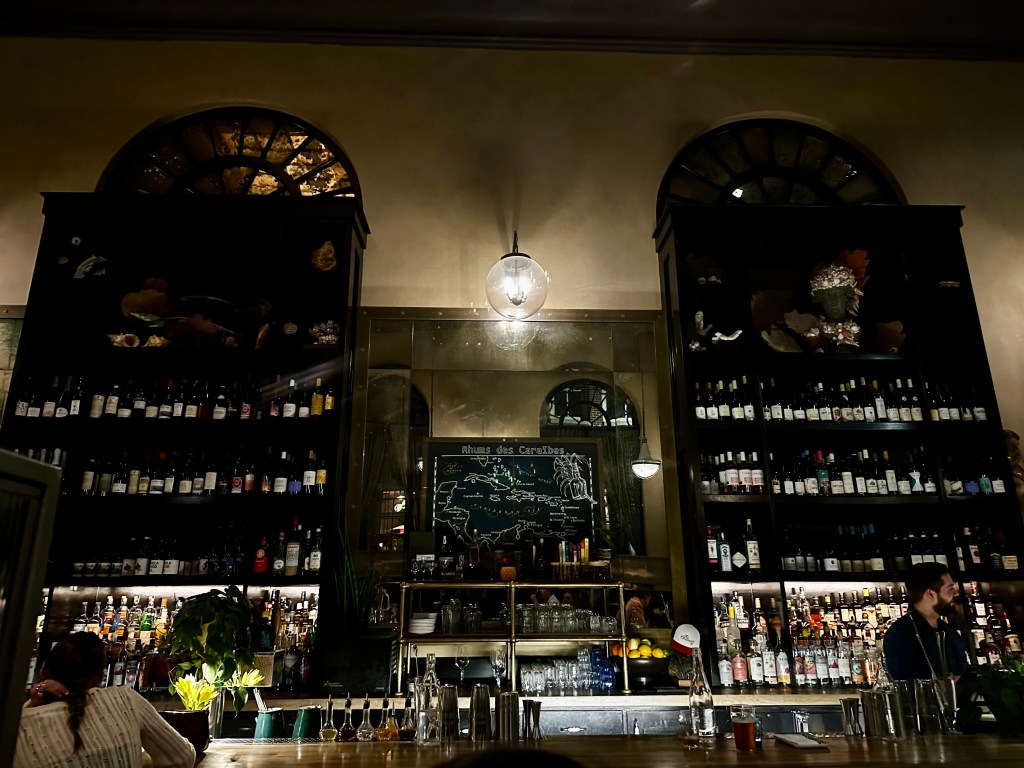
Hello from Charleston & Savannah!
After last year’s epic food-forward spring break trip with my family to New Orleans — refresh your memory with this bite-by-bite Full Belly Files and this travel feature that brings in some more tourist aspects — we decided to return to the American South this year. As you read this on Friday morning, we’re finishing up a trip to Charleston, South Carolina, and Savannah, Georgia, and flying back tonight.
I’ll be writing about the trip in next week’s Full Belly Files, where you can presumably hear about fish at The Ordinary, dim sum at Jackrabbit Filly, “Port City Southern” food at The Grey, and Southern-influenced Italian at Saint Bibiana, the latest creation of former Goodland Hotel/Outpost S.B. Chef Derek Simcik. But you can get a sneak peek of our adventures by checking out my Instagram, where I’ve been posting photos all week. Check it out here.
Premier Events
Wed, Dec 31
9:00 PM
Santa barbara
NEW YEAR’S Wildcat Lounge
Sat, Dec 27
7:00 PM
Santa Barbara
Schnack ‘n Bari Jazz Trio at Roy
Wed, Dec 31
6:15 PM
Santa Barbara
NYE 2026 with SB Comedy Hideaway!
Wed, Dec 31
9:00 PM
Santa barbara
NEW YEAR’S Wildcat Lounge
Wed, Dec 31
10:00 PM
Santa Barbara
In Session Between Us: Vol. I NYE x Alcazar
Wed, Dec 31
10:00 PM
Santa Barbara
NYE: Disco Cowgirls & Midnight Cowboys
Thu, Jan 01
7:00 AM
Solvang
Solvang Julefest
Thu, Jan 01
11:00 AM
Santa Barbara
Santa Barbara Polar Dip 2026
Sat, Jan 03
8:00 PM
Santa Barbara
No Simple Highway- SOhO!
Sun, Jan 04
7:00 AM
Solvang
Solvang Julefest
Thu, Jan 08
6:00 PM
Isla Vista
Legal Literacy for the Community
Wed, Dec 31 9:00 PM
Santa barbara
NEW YEAR’S Wildcat Lounge
Sat, Dec 27 7:00 PM
Santa Barbara
Schnack ‘n Bari Jazz Trio at Roy
Wed, Dec 31 6:15 PM
Santa Barbara
NYE 2026 with SB Comedy Hideaway!
Wed, Dec 31 9:00 PM
Santa barbara
NEW YEAR’S Wildcat Lounge
Wed, Dec 31 10:00 PM
Santa Barbara
In Session Between Us: Vol. I NYE x Alcazar
Wed, Dec 31 10:00 PM
Santa Barbara
NYE: Disco Cowgirls & Midnight Cowboys
Thu, Jan 01 7:00 AM
Solvang
Solvang Julefest
Thu, Jan 01 11:00 AM
Santa Barbara
Santa Barbara Polar Dip 2026
Sat, Jan 03 8:00 PM
Santa Barbara
No Simple Highway- SOhO!
Sun, Jan 04 7:00 AM
Solvang
Solvang Julefest
Thu, Jan 08 6:00 PM
Isla Vista

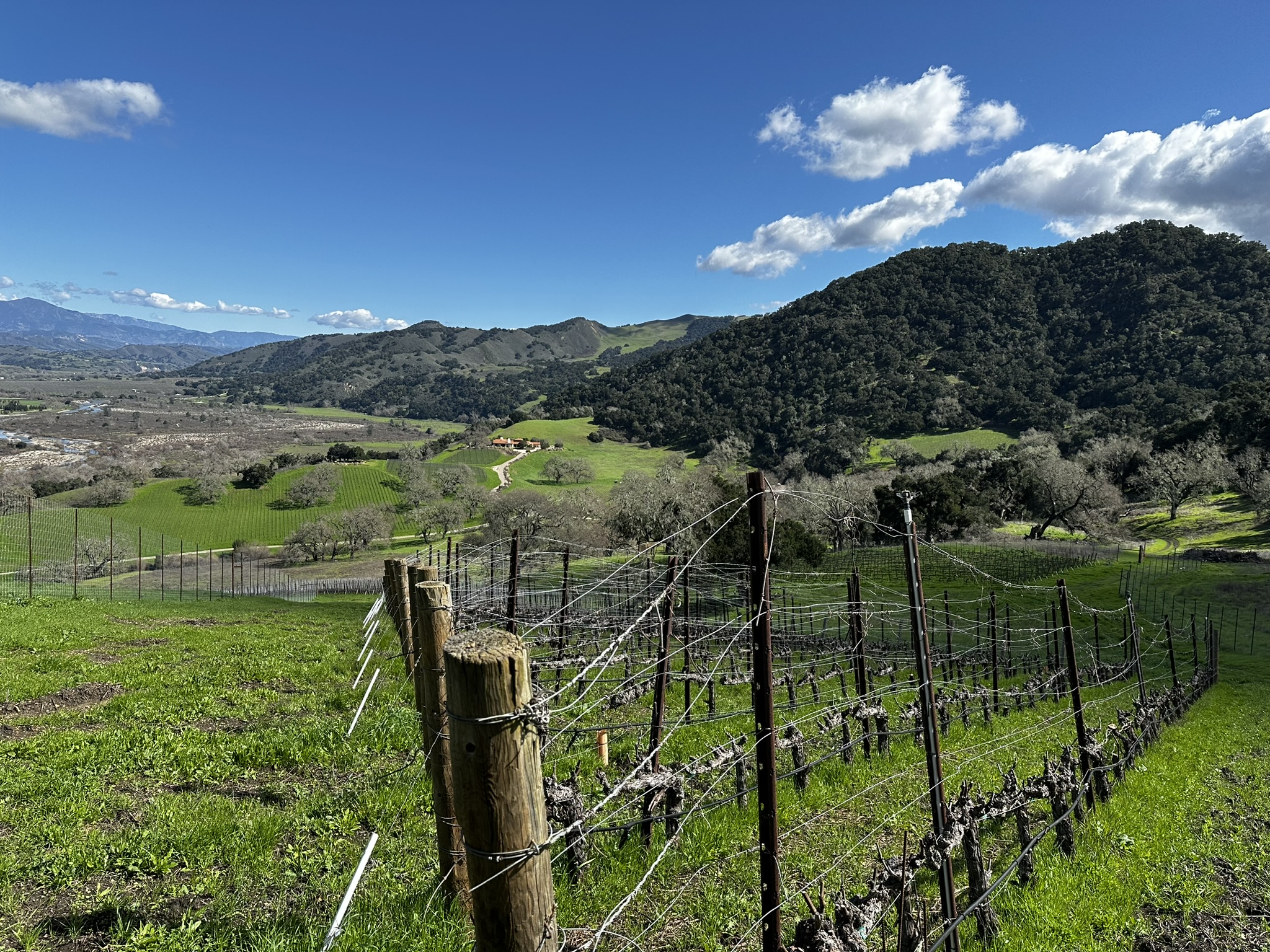
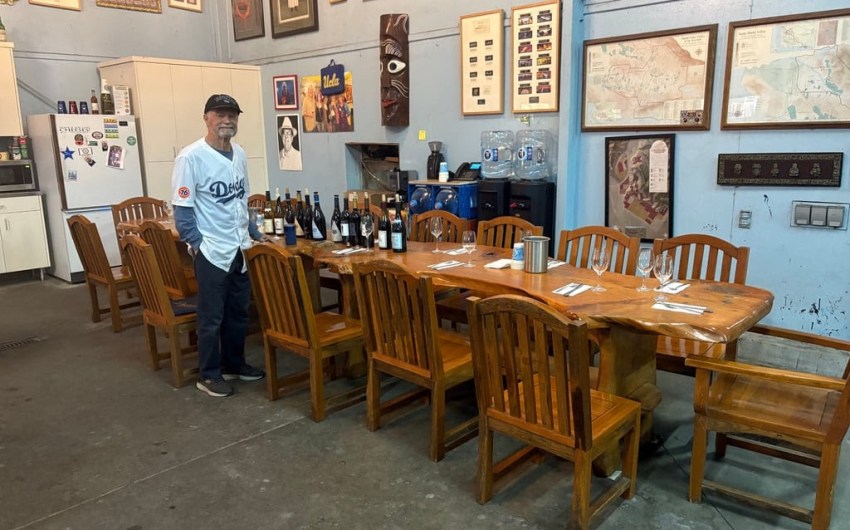
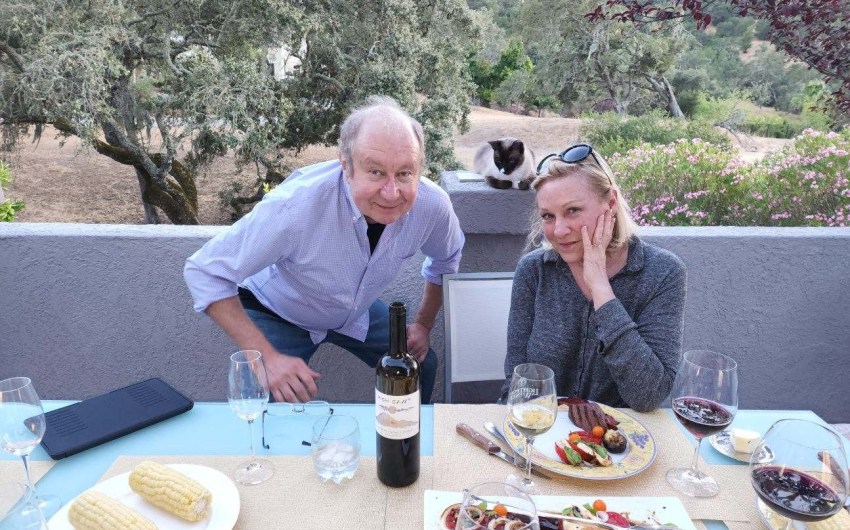
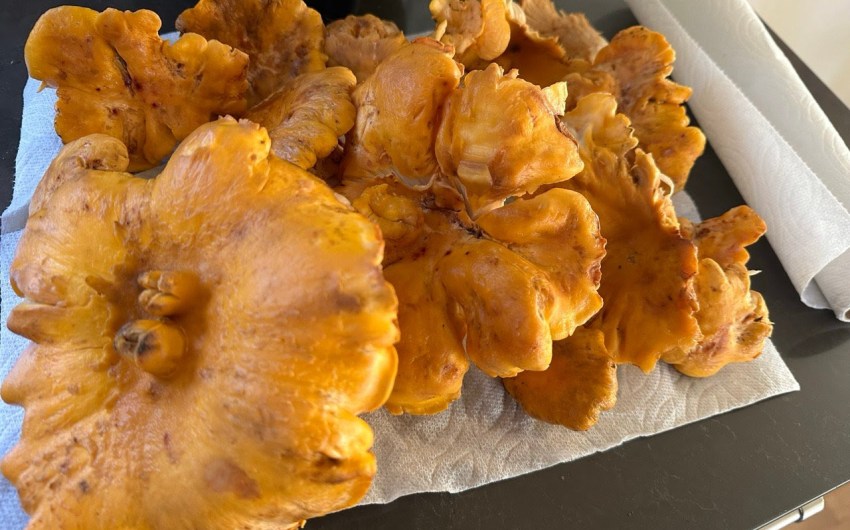
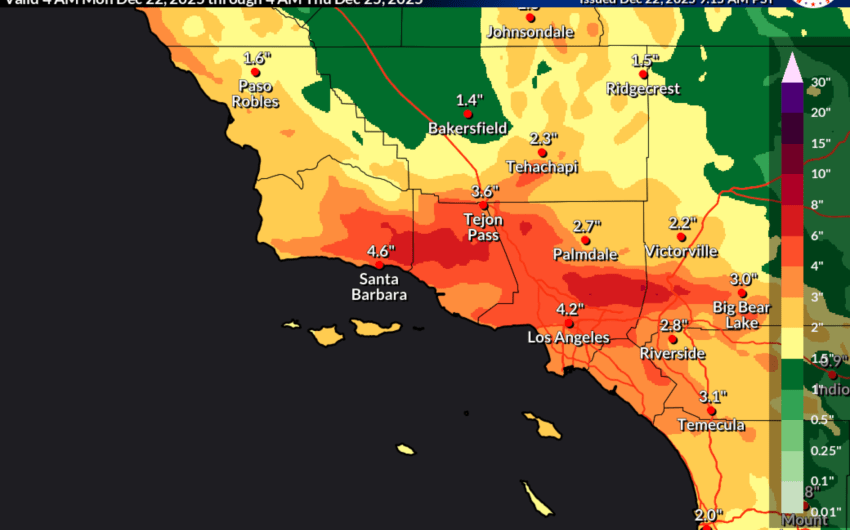


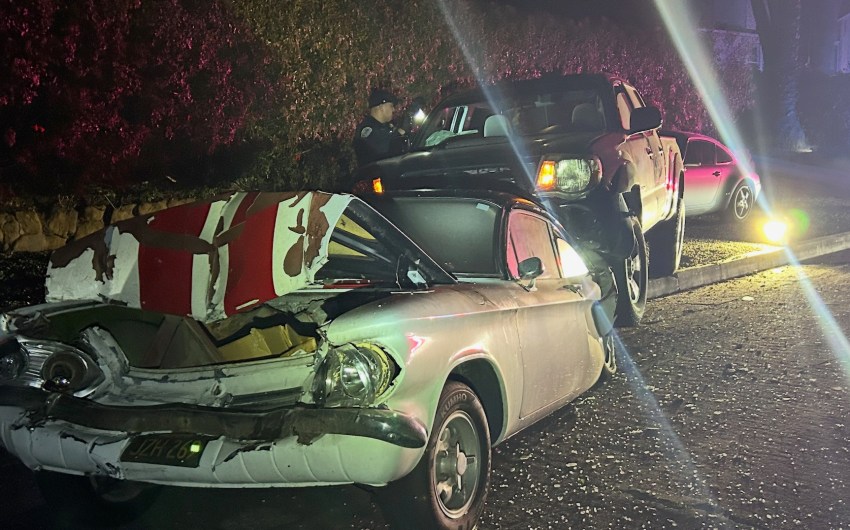
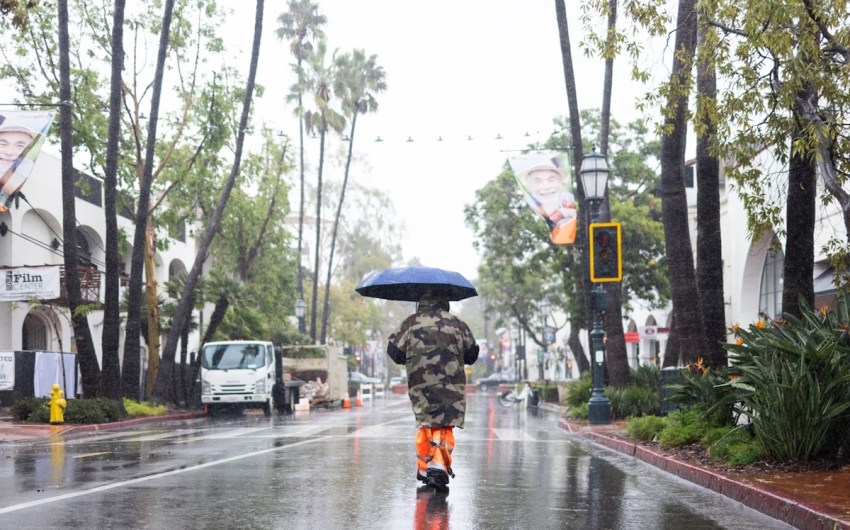
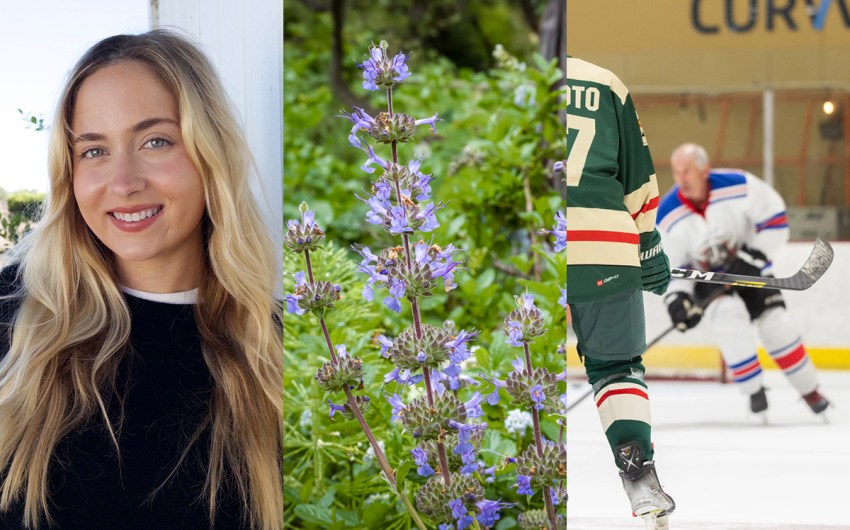
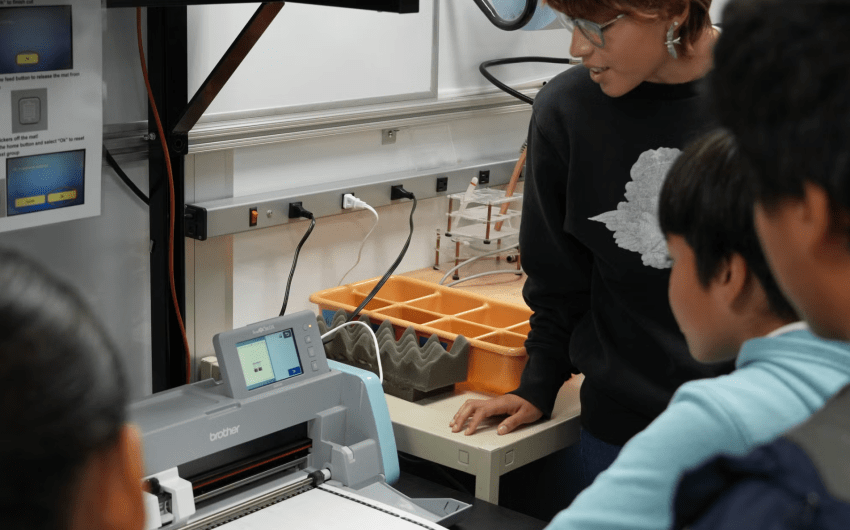
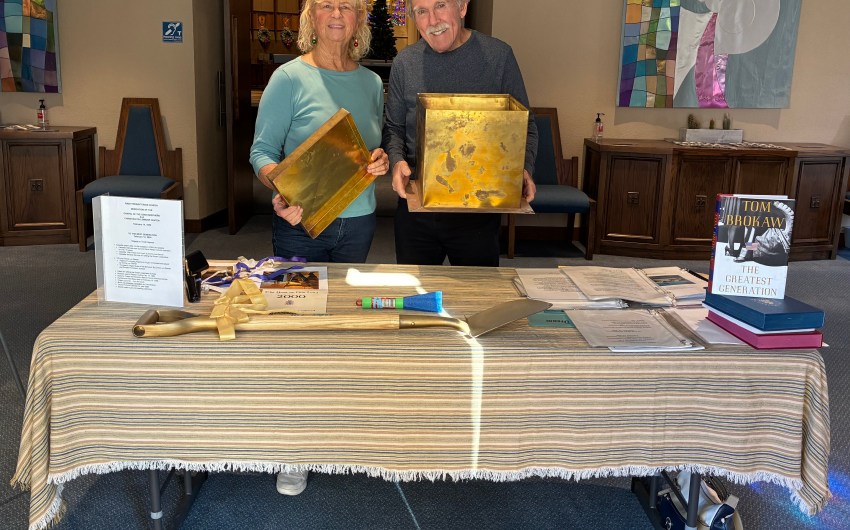
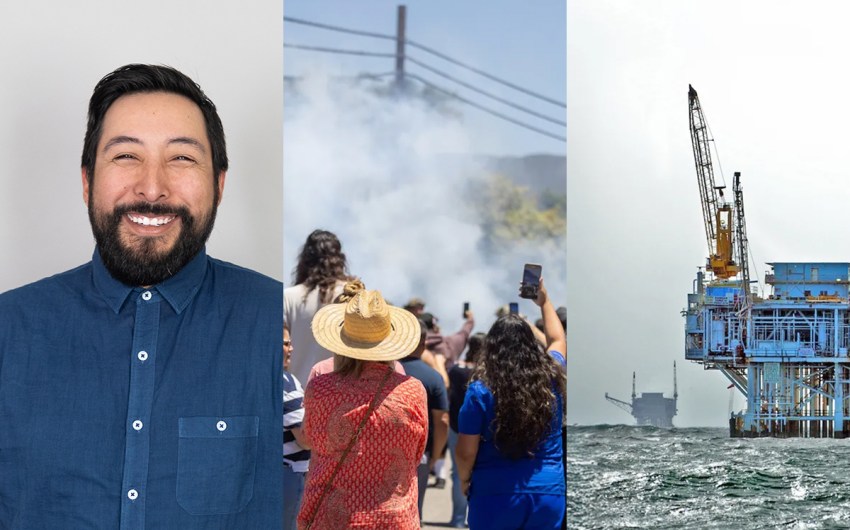
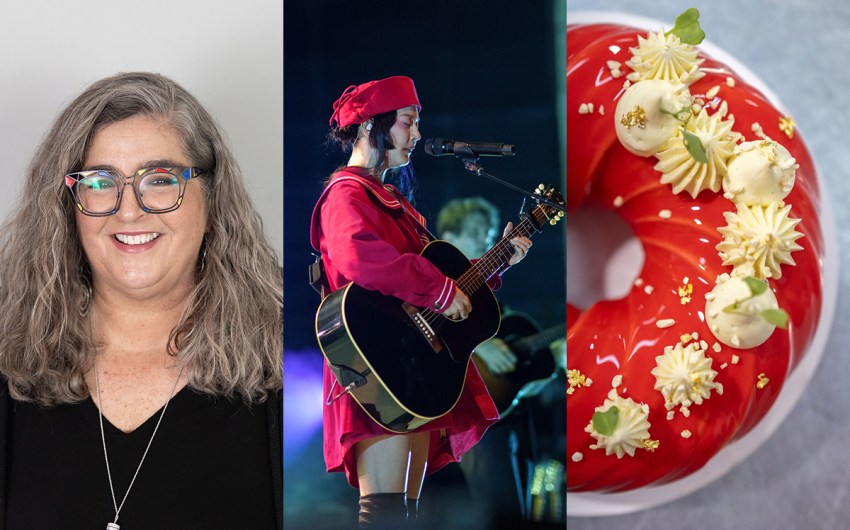

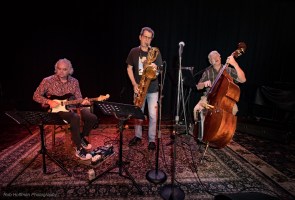

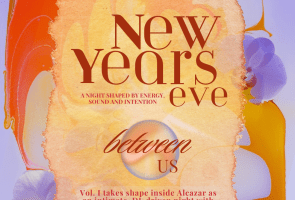

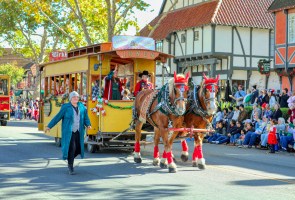



You must be logged in to post a comment.